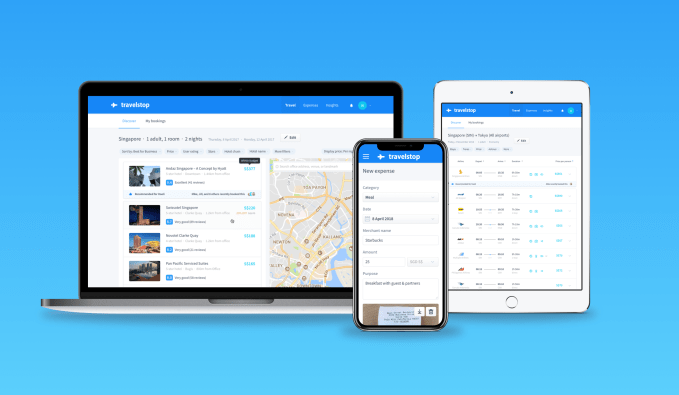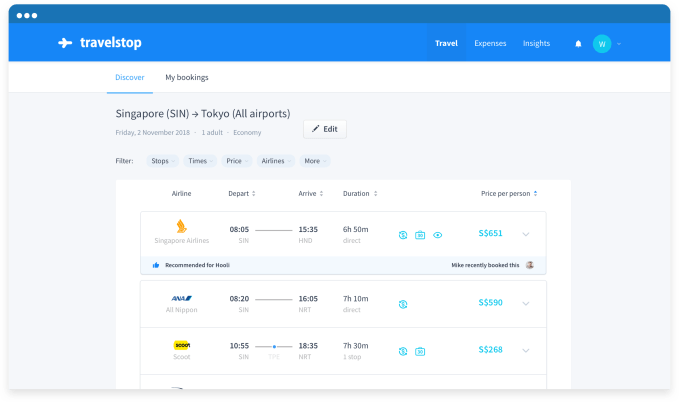Google today is expanding YouTube’s set of “digital wellbeing” tools, with an added feature that will calculate how much you’re watching videos. The idea is that this will allow users to take better control over their viewing behavior and place limits on their time spent on YouTube by way of other app features that remind you to take a break. The “Time Watched” feature, rolling out today, will inform YouTube users how much they’ve watched today, yesterday, and over the past 7 days, says YouTube.
The company, along with Apple and Facebook, have more recently begun to take responsibility for the addictive nature of their devices and services which were designed to exploit vulnerabilities in human psychology, and are now facing the unintended consequences of those decisions.
At Google, the company is now addressing digital wellbeing across its products, including Android, Gmail, Google Photos, YouTube and elsewhere.
At its Google I/O developer conference earlier this year, it introduced a series of controls for YouTube viewers, including reminders to pause your viewing (“Take a Break”) and those that would disable notification sounds for periods of time, and allow you to receive notifications as a digest.
At the time, Google said it was “soon” preparing to roll out a “Time Watched” profile that will appear in the Account menu – that’s what’s new as of today.
When the feature arrives, you can visit your profile in the account menu to see your stats, including time watched over various time frames, as well as your Daily Average. This information is calculated based on your YouTube watch history, the company says.
That means if you have deleted videos from your history or watched in Incognito Mode, that viewing won’t be counted. Additionally, if you pause your history, you’ll also be unable to track your stats.

It was initially unclear if YouTube TV watch history is being counted. A screenshot shared by Google today says it’s not, nor is YouTube Music. However, the answer on the YouTube Help support site Google linked to in a blog post says it is. We’ve asked Google to clarify which is correct and will update when the company responds. Google says it is not counted, which is good – YouTube TV is basically just like television, which is associated with longer programming blocks, and longer time spent viewing, in many cases.
The new feature is rolling out starting today, YouTube says.


